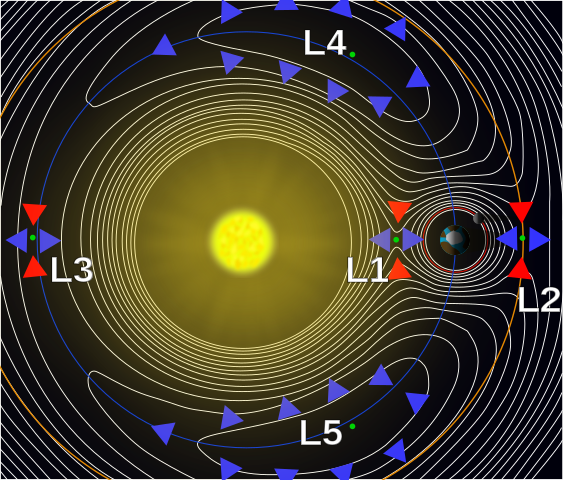Is every orbit symmetric, like is there an asymmetric orbit
also?
Well, now we get into the difference between reality and theory:
In theory, for Kepler Orbits, those are ALWAYS perfectly symmetric.
But Keplers theory assumes a two-body problem (only one planet and a small spacecraft with MUCH less mass than the planet in the whole universe), while in the reality, it is not. We have other planets.
That is why Orbit MFD does not display you the true real Orbit, but the osculating orbit. That is a Kepler Orbit that fits to your current velocity and position vector. The real orbit is made of many small segments of osculating orbits chained together. You wobble around Earth.
In reality, no Orbit is perfectly symmetric because there are more objects in the universe. Especially if you get into the boundary of the gravity well, like near Lagrange points or the Weak Stability Boundary. And then you also have no point gravity source (the whole mass of Earth is in one infinitely small volume), but a non-spherical gravity field.
Now the big question is: Does it matter?
If you are close to Earth, deep in the gravity well, you can assume that anything about Kepler Orbits applies to you and all the other effects are just making tiny errors to your orbit. Its not perfect, but its very close to it.
Just try it: Make a highly eccentric orbit (Ecc approaching 1) and measure the velocities at a distance to Earth (R)
Even if you are approaching the moon and the moon starts to slowly change your orbit from your initial parameters: The actual differences to the velocities predicted by Kepler orbit theory are small.
Now, if you would get to the Earth moon L1, a region where you clearly have a three body problem, your orbit will sure not be anything like what Kepler predicted. It can be completely chaotic.
---------- Post added at 14:41 ---------- Previous post was at 14:40 ----------
You can have orbits where there is no apogee, because their eccentricity is greater or equal to one. In this light, you could say that they are not strictly symmetric in the context of the question. Mathematically, though, I guess you can argue that going from infinity to perigee and back again is also a symmetry. :shrug:
And gravity assist maneuvers also work by the idea, that your speed leaving the planet is the same as the speed that you entered its gravity well - it just points in a different direction.


